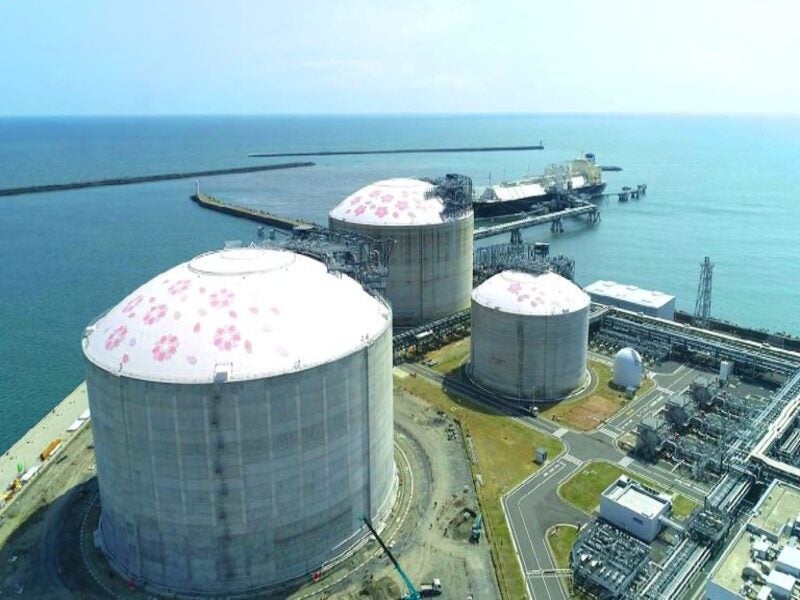Outer Harbor LNG Import Terminal is planned to be developed at the Port of Adelaide, Australia.
South Australian energy infrastructure developer Venice Energy is the developer of the $320m project.
The LNG import facility would be located adjacent to the Pelican Point gas-fired power station next to the Flinders Ports quay line.
The project will regasify imported LNG and inject it into the South Australian and Victorian gas networks.
The project was granted government project approval in December 2021.
Australian Government declared the project an ‘essential infrastructure’ and will provide Crown Sponsorship for the project. The terminal is planned to be operated exclusively on renewable energy.
The project reached ‘shovel-ready’ stage in August 2023. Construction of the LNG import terminal is expected to run for approximately 24 months.
The first gas from the terminal is estimated to flow by May 2026, following a period of commissioning.
Project Background Details
In November 2020, Venice Energy signed a project agreement with Flinders Ports, the operator of Port of Adelaide to support the development of the Outer Harbor import facility.
Both companies agreed on a concept design for two operating berths and associated onshore facilities.
In July 2022, Venice Energy signed an MOU with Japanese trading and investment house, Marubeni, to create a joint venture partnership for its proposed Outer Harbor import facility.
In May 2023, Venice Energy, and SEA Gas, the owners of the 680km pipeline between Victoria and South Australia, confirmed the pipeline can be reconfigured to facilitate bi-directional flow between the states.
The proposed Outer Harbor LNG terminal will connect to the SEA Gas pipeline at a junction point only 150m from its terminal boundary to provide gas to South Australian and Victorian energy companies.
In October 2023, Venice Energy and Origin Energy agreed on a structural framework that will underwrite the commercial viability of the Outer Harbor LNG import terminal. As per the agreement, Origin will become the single user of the terminal for a minimum of 10- years, with an option for further extension.
Outer Harbor LNG Terminal Infrastructure
The LNG import terminal will include a 146,600 cubic metres floating storage and regasification unit (FSRU). The facility will comprise two new wharfs, loading arms, cryogenic piping, shore-based infrastructure, and a connection into the Sea gas pipeline to both SA and Victoria. The facility will also connect with the Moomba-to-Adelaide pipeline system.
Up to 110 petajoules of gas has been approved to flow through the Outer Harbor terminal annually.
Outer Harbor Project can receive LNG from the Northwest Shelf and Gladstone and access international gas supplies, avoiding LNG shortages.
The project will also provide significant additional storage via its FSRU, through the 680km SEA Gas pipeline and by maintaining storage at the Iona underground storage facility west of Melbourne via regular shipments.
Venice Energy plans to operate the LNG terminal using a tolling model, in which customers will source their LNG and pay a fee to utilise the terminal facility.
Contractors Involved
In July 2021, Venice Energy signed an agreement with GasLog, a Greek shipping company to supply the FSRU) for the Outer Harbor import terminal.
Under the agreement, GasLog will supply the FSRU and a technical support crew to operate the facility over the life of the operations.
In August 2021, Austral Construction, an Australian construction company signed an early contractor engagement agreement with Venice Energy.
Under the agreement, Austral Construction will work with Venice Energy and its design consultant to develop and cost construction options for the project’s marine infrastructure and land-based civil works.
Austral’s scope of work includes the supply and installation of piles, concrete to build berthing and mooring infrastructure, internal roads, and an office.





